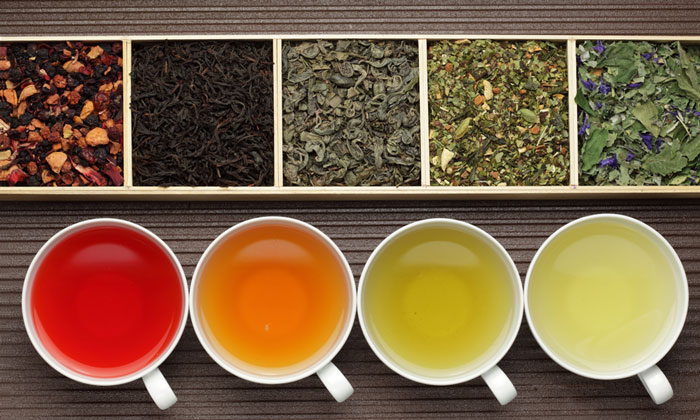Demand in China and India drives surge in tea production
- Like
- Digg
- Del
- Tumblr
- VKontakte
- Buffer
- Love This
- Odnoklassniki
- Meneame
- Blogger
- Amazon
- Yahoo Mail
- Gmail
- AOL
- Newsvine
- HackerNews
- Evernote
- MySpace
- Mail.ru
- Viadeo
- Line
- Comments
- Yummly
- SMS
- Viber
- Telegram
- Subscribe
- Skype
- Facebook Messenger
- Kakao
- LiveJournal
- Yammer
- Edgar
- Fintel
- Mix
- Instapaper
- Copy Link
Posted: 30 May 2018 | George Smith (New Food) | No comments yet
Global tea consumption and production are projected to keep rising over the next decade, driven by robust demand in developing and emerging countries, according to a new report from the United Nations.


STEAMING AHEAD: China accounted for 42.6 per cent of the world's tea production in 2016
The Food and Agriculture Organisation’s (FAO) report, released yesterday (May 29), said that this growth would likely create new rural income opportunities and improve food security in tea-producing countries.
Tea consumption has grown particularly rapidly in China, India and other emerging economies, driven by a combination of higher incomes and efforts to diversify production to include speciality items such as herbal teas, fruit fusions and flavoured gourmet teas.
The report, which was dicsussed by the FAO Intergovernmental Group (IGG) on Tea, at its biennial meeting in Hangzhou, China, suggests that tea consumption has also benefited from increased awareness about the beverage’s anti-inflammatory, antioxidant and weight-loss effects.
World production of black tea is projected to rise annually by 2.2 per cent over the next decade to reach 4.4 million tonnes in 2027, reflecting major output increases in China, Kenya and Sri Lanka – with this China would reach the output levels of Kenya, the largest black-tea exporter in the world.
Global output of green tea is foreseen to increase at an even faster rate of 7.5 per cent annually to reach 3.6 million tonnes in 2027, largely driven by China, where the production of green tea is expected to more than double from 1.5 million tonnes in 2015-2017 to 3.3 million tonnes in 2027.
Global demand for tea is also benefiting from a new clientele. Young urban consumers in large producing countries like China and India have emerged as the fastest growing segment, eager not only to pay a premium for specialty teas but also curious to know more about the product they consume – its quality, origin and contribution to sustainable development.
Young, upper-middle class consumers are looking for fashionable products to be integrated into their lifestyles, which now also includes gourmet quality tea, and consuming them in the sophisticated environments of specialty teashops and exclusive restaurants, hotels and cafés.
While world tea consumption has increased over the last decade, traditional importing European countries, with the exception of Germany, have seen a decline in consumption levels. Overall, the European tea market is largely saturated. Per capita consumption has been declining for more than a decade, facing competition from other beverages, particularly bottled water.
Over the next decade, Western countries in general are expected to see lower consumption growth. In the UK, for instance, tea consumption is projected to decrease as black tea struggles to maintain consumers’ interest amid increased competition from other beverages, including coffee.
The report argues that the decline in tea consumption in the traditional European markets could be stalled or even reversed by diversifying into other segments, such as organic and specialty teas, and by promoting their health and wellbeing benefits.
The strategy of promoting the health benefits of tea has also proved effective for other markets. For example, loose-leaf tea is seeing new growth in the United States, not least as a result of increased public health consciousness.
The analysis in the IGG document was based on data received from member countries, supplemented by data from FAOSTAT and the International Tea Committee (ITC) as well as other sources.
Related topics
Food Security, Revenues, Supply chain, Sustainability, Trade & Economy
Related organisations
Food and Agriculture Organization of the United Nations (FAO)









